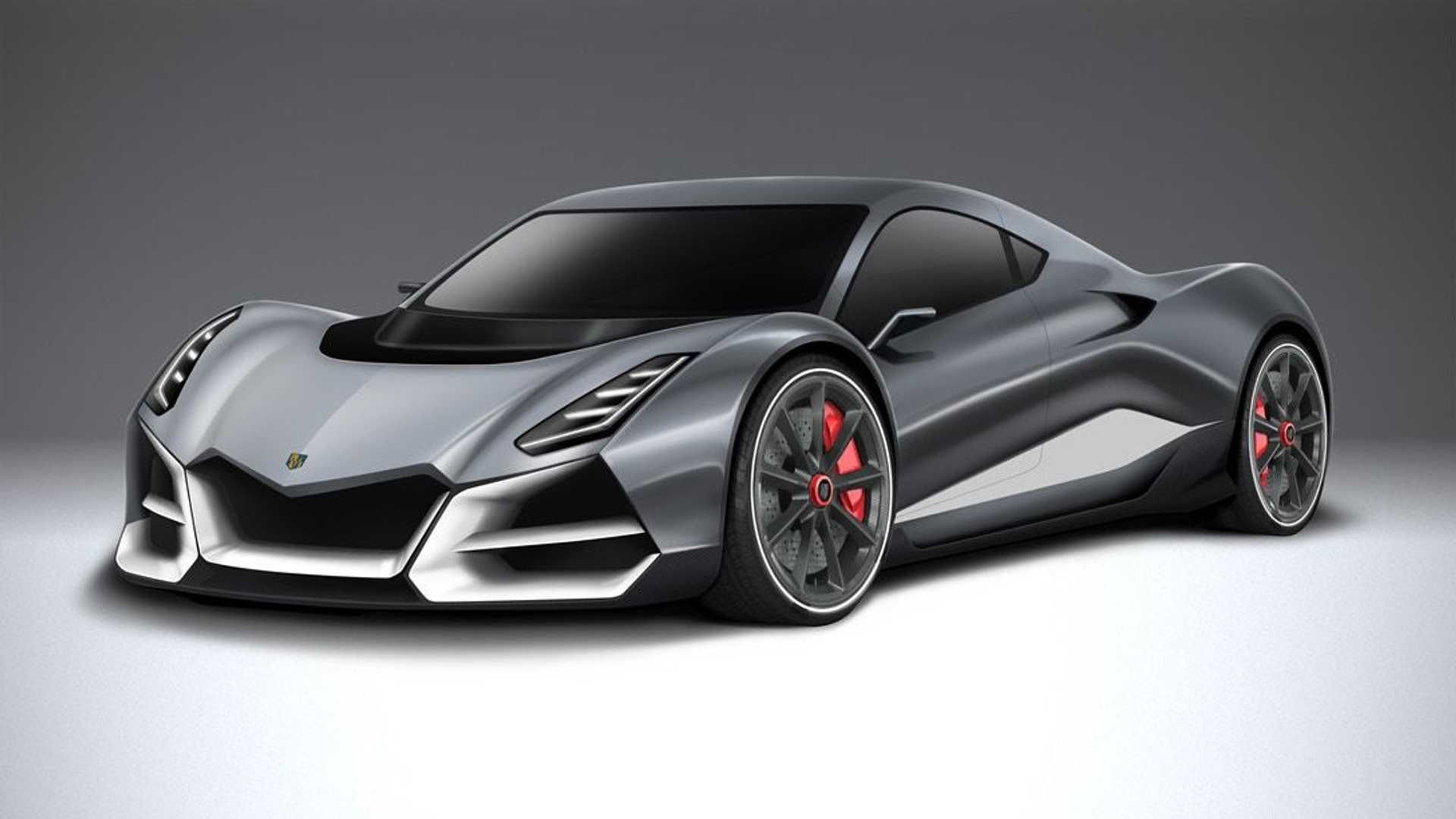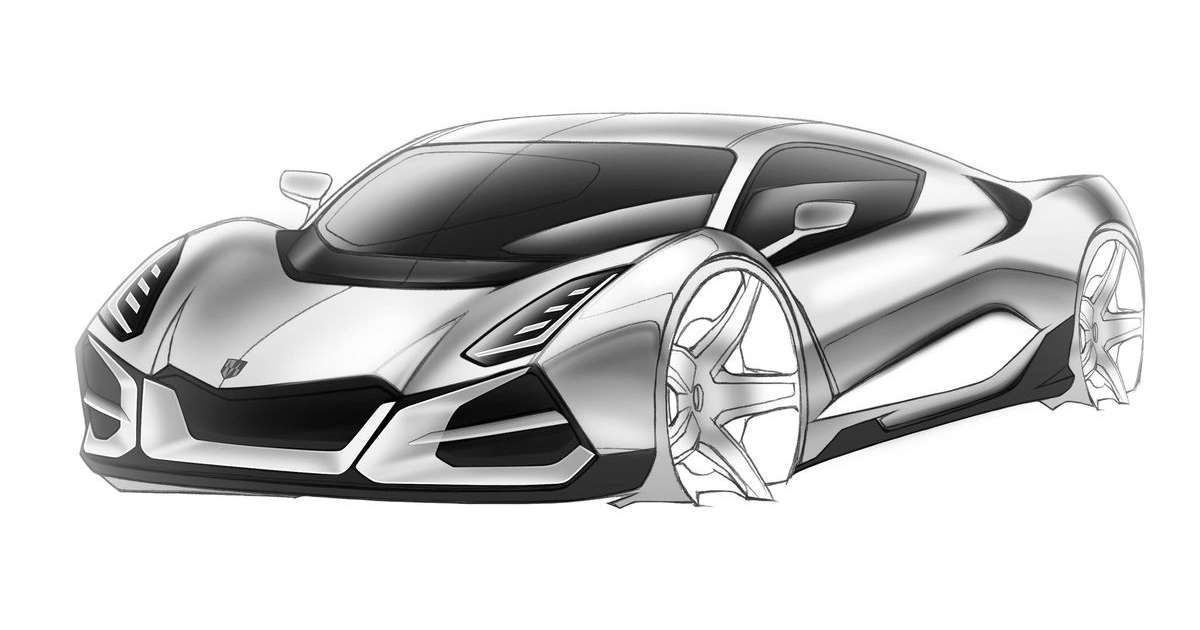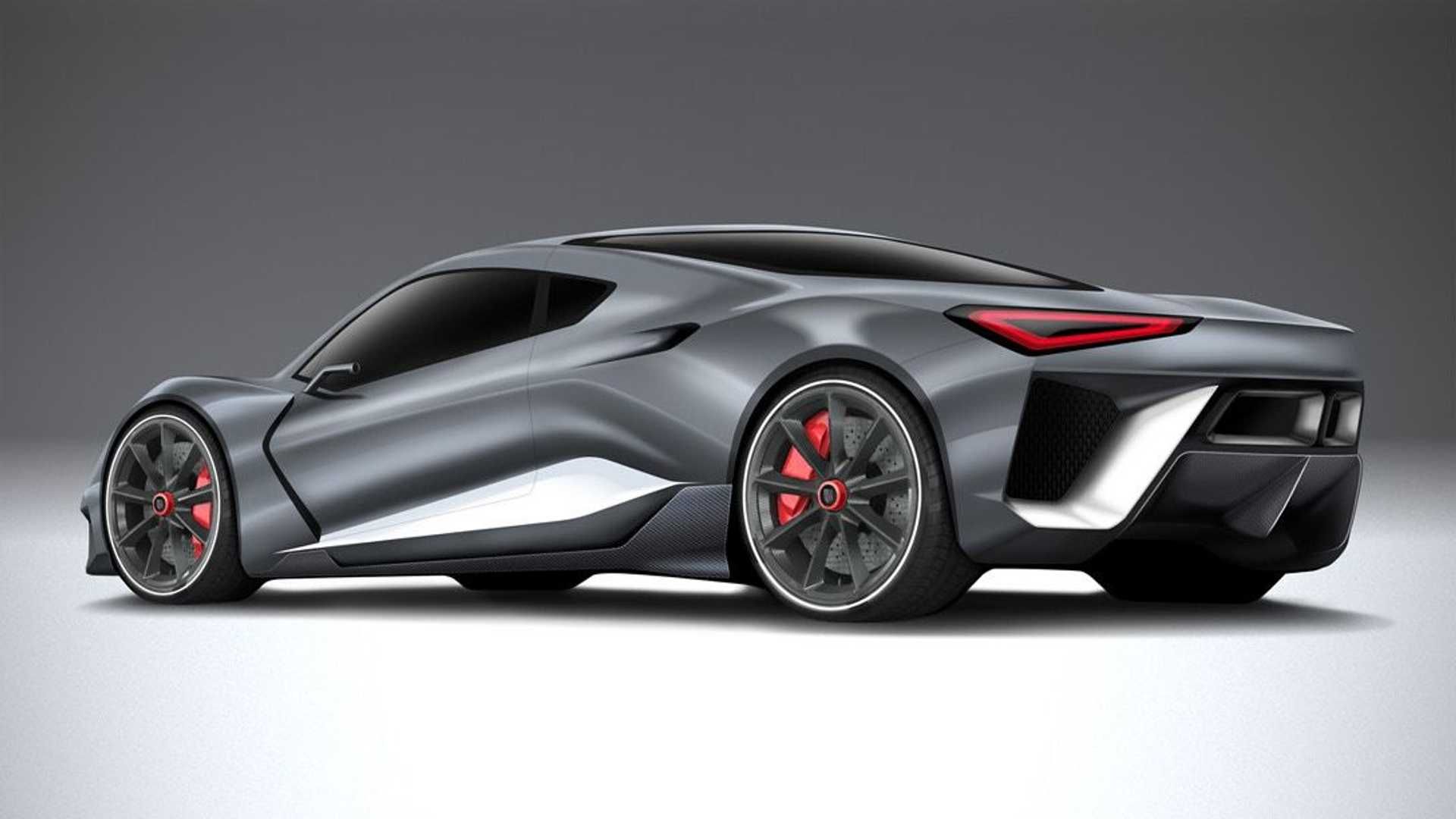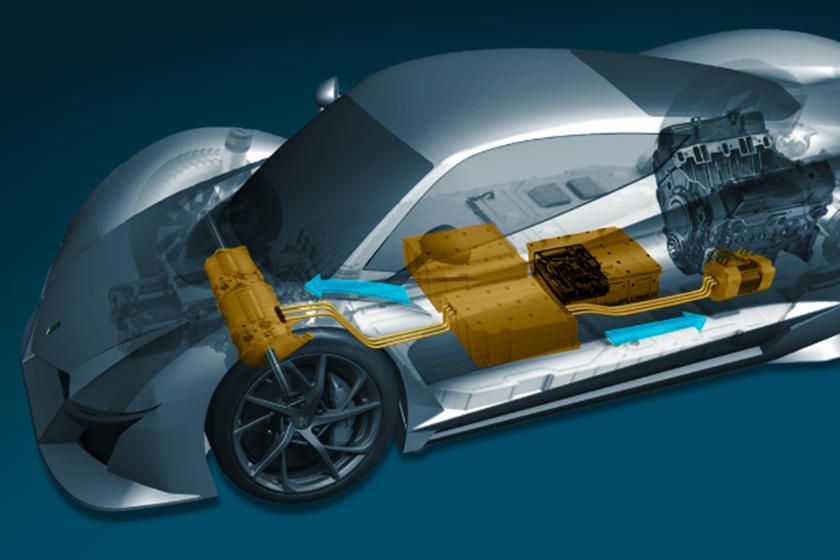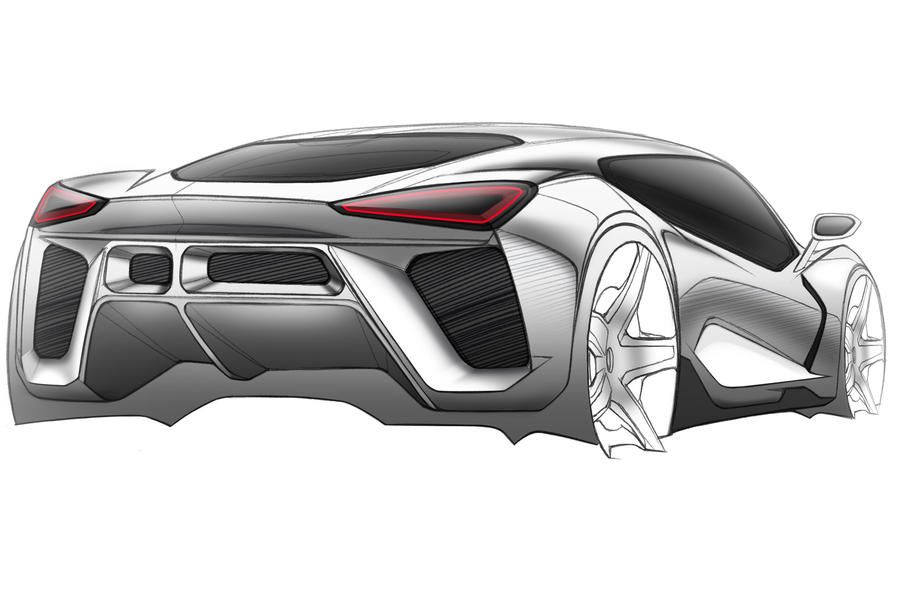While the rest of the world, as in mainstream automakers, fight to grasp the full force of electrification, supercar and hypercar manufacturers are using potent technology to push cars to the edge of what we know is possible. Cars like the all-electric Lotus Evija, for example, promise 1,972 horsepower and sub-3-second sprints to 60 mph. Even hybrid cars like the McLaren Elva with around 800 horsepower and do three-second sprints to 60 mph and sub-7-second sprints to 124 mph. From a performance standpoint, the benefit of electrification is undeniable. That undeniable benefit is why the car you see here, which doesn’t have an official name quite yet, could put Switzerland on the map as it aims to compete with the most potent cars that money can buy today.
Swiss Hypercar - Hybrid Power or All Electric Power
Swiss firm Morand Cars is aiming to launch an all-new hypercar in 2023 and, while it doesn’t have a name quite yet, it’s expected to be good for an Evija-challenging 1950 horsepower in all-electric form and some 1,100 horsepower in hybrid form. Both cars should be capable of hitting up to 250 mph, but what drives these claims?
Morand Cars Electric Hypercar
The electric version of this yet-to-be-named hypercar will feature a 70 kWh battery that will produce a total of 1,400 kW while weighing just 400 Kg, including the casing, cables, and electronics. This low-weight application is said to be possible thanks to a “disruptive technology.” Company co-founder Benoit Morand said,
The company is aiming for a range of around 178 miles or about 301 km, which is the range of the Grand Prix, but this doesn’t matter because the car is expected to have 8C charging capability. That means charging at eight times the capacity of the battery. With a 70 kWh battery, charging on a 350kW charger would only take 12 minutes. If you happen to have a 560 kW charger, charging will take just seven minutes – how’s that for fast?
As far as the driveline is concerned, the EV version of the car will have four permanent magnet motors, each of which sunt torque through a reduction gearbox. With a combined power output of 1,950 horsepower, each motor will be good for around 500 ponies. The company has explicitly said so, but it should go without saying that advanced torque vectoring will definitely be on the table.
Morand Cars Hybrid Hypercar
The hybrid hypercar from Morand Cars will be very similar to the electric car, but it won’t be quite so powerful. This car will blend a bespoke, naturally aspirated, 5.2-liter V-10 that delivers 690 horsepower and “over” 400 pound-feet of torque. A seven-speed automatic manual transaxle gearbox will handle shifting duties, while an electric motor-generator will be positioned between the two. Two other motors will reside up front, one for each wheel. All three motors combined will put down an extra 440 horsepower for a total system output of 1,100 horsepower. According to Morand Cars, total torque from the three motors is “more than the grip of the tires could handle,” for what that’s worth.
Morand Cars Hybrid Hypercar specifications
|
Engine |
naturally aspirated, 5.2-liter V-10 + three electric motors |
|---|---|
|
Gas Power |
690 HP |
|
Gas Torque |
400 LB-FT |
|
Electric Power |
440 HP |
|
Combined torque |
1,100 HP |
|
All-electric range |
31 miles |
As far as electric storage goes, Morand Cars is working to develop a battery-supercapacitor combo that is aid to be capable of output 300 kW with a capacity of over 4.5 kWh. If you recall, the Lamborghini Sian also has a supercapacitor, however, it doesn’t really boast any electric range and that design limits electric mode to parking and reversing only. The Morand Cars hybrid will have around 31 miles of all-electric range.
Keeping Weight in Check
Morand Cars is targeting a weight of less than 1,250 kg or around 2,755 pounds, and that’s not easy. Oddly enough, many of the cars components are made from a material called Amplitex – a lightweight material made by Bcomp, however, it’s not as light as carbon fiber. It has proven itself in crash testing, though, so it has that going for it. As for now, we believe that the monocoque will be composed of carbon fiber, but Bcomp’s CEO, Per Martensson says a an Amplitex monocoque is feasible but it’s also heavier, so it’s a no-go.
For what it’s worth Bcomp, in collaboration with Italian engineering firm Ycom, have seen excellent results testing crash cones for formula cars, so the extra weight added from using the material for body parts and interior pieces is well worth it.
Final Thoughts
As of now this unnamed Swiss hypercar sounds pretty awesome, but there’s still a lot of work to do. As of now, there isn’t a working prototype, and 2023 isn’t that far away. A hybrid prototype is expected to hit the track by the end of this year, and the EV will make its appearance sometime in 2022. Only 73 cars will be built total, and both are expect to cost a whopping 2,300,000 Swiss Francs or about $2,517,928 at current exchange rates.

